McClure Strait at about 75°N between Banks Island and Prince Patrick Island is normally hidden in the ice. Accordingly, the data from there is extremely thin. A gap of a few kilometers in the pack ice made the captain and chief scientist go there immediately.
Arctic water runs through this strait towards the Atlantic Ocean. And with it, dissolved substances, energy and microorganisms. Large ice masses pushed through here during the last ice age, leaving traces on land and on the seafloor that we want to recover.
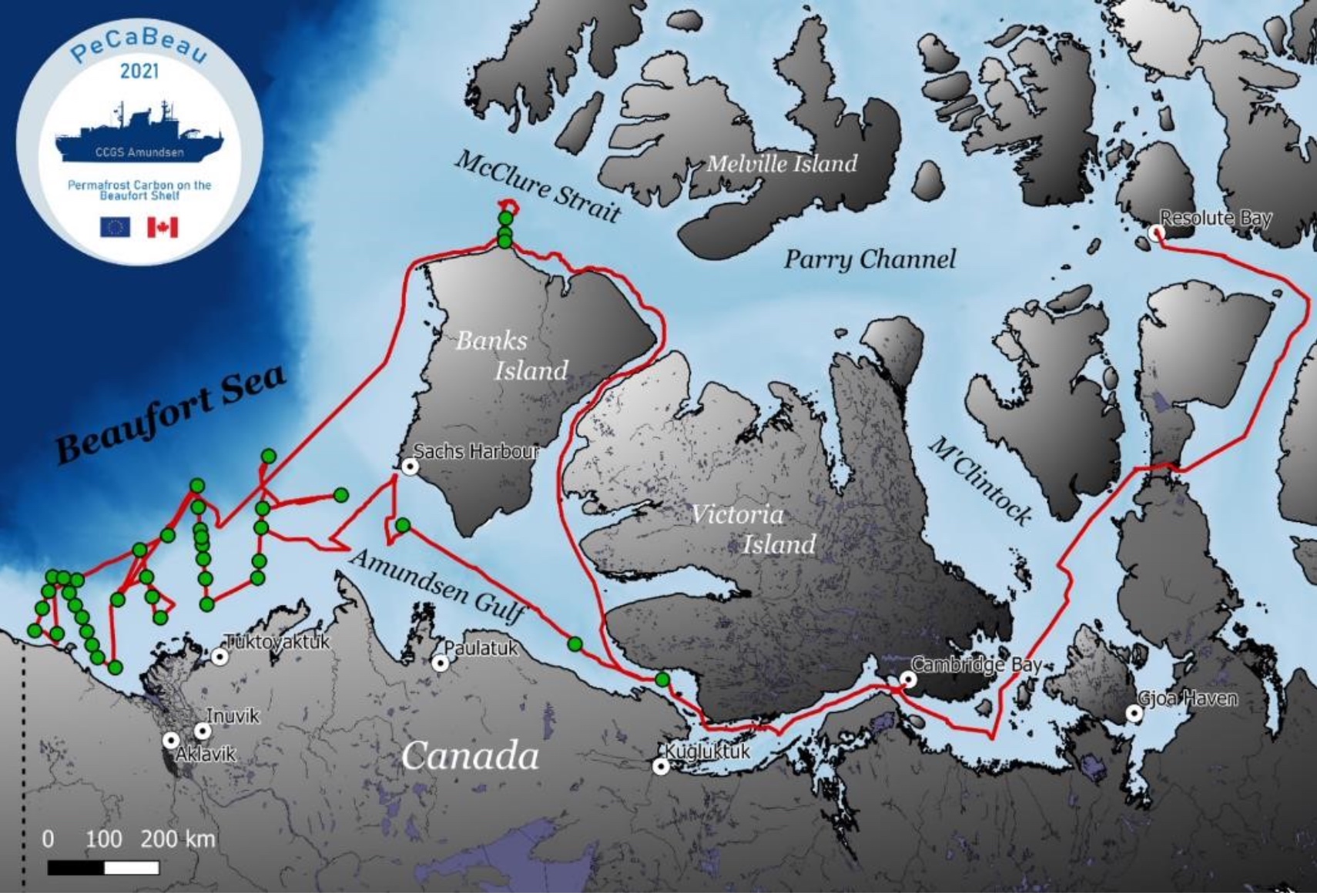
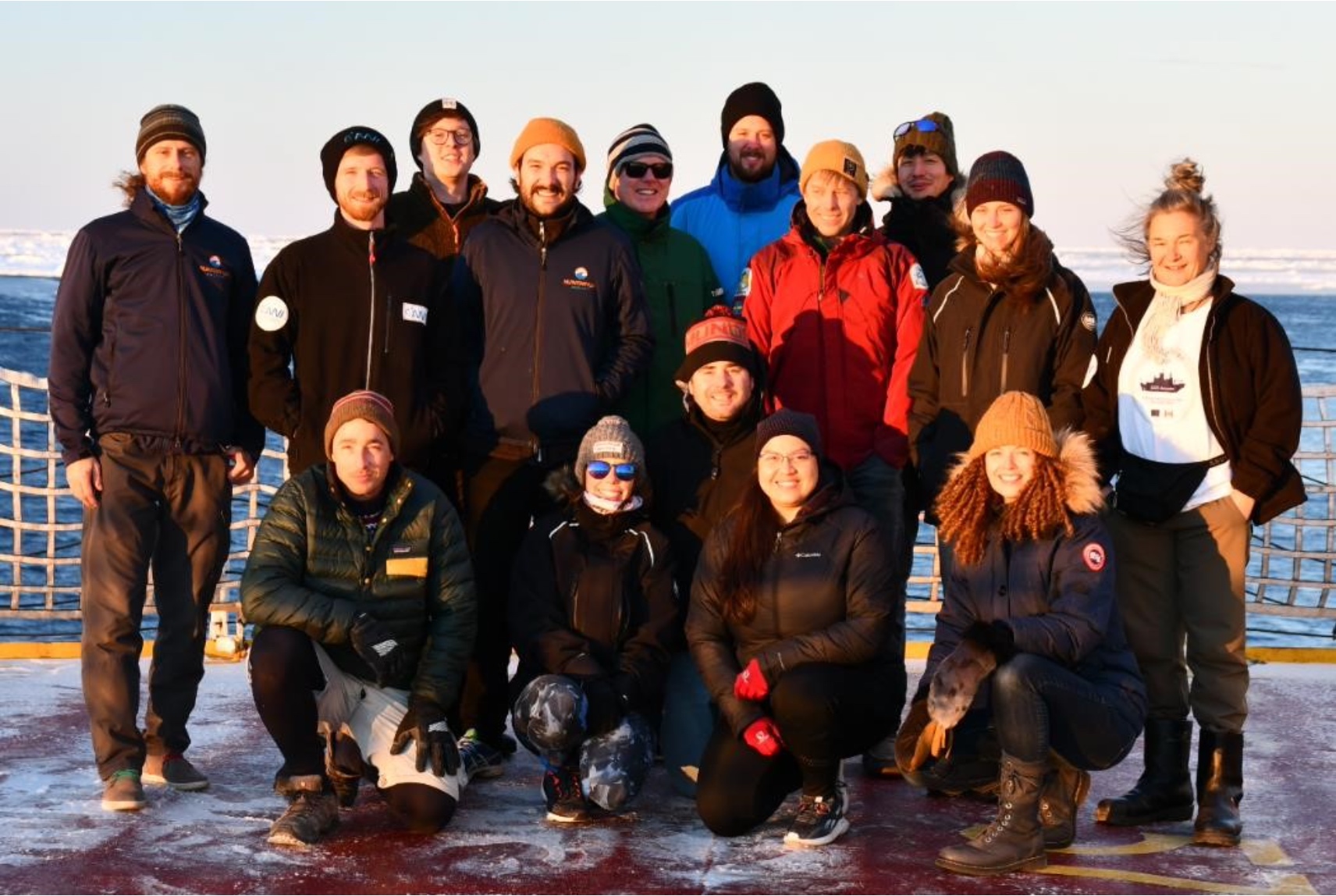
After a full night of sleep, everyone stood on deck full of excitement. At the edge of the pack ice edge, we were then able to collect some neat sample material in the form of water, optical data and sediment cores. But that was not enough. Scientists are always good for a few wild ideas. So Taylor Priest and Bennet Juhls spontaneously let themselves be lowered from the ship onto the ice. Taylor not only wants to study DNA from "carbon-eating" bacteria in water and sediment. But now also in the ice. This closes the circle between the spheres (ice, water, ocean floor). What a conclusion.
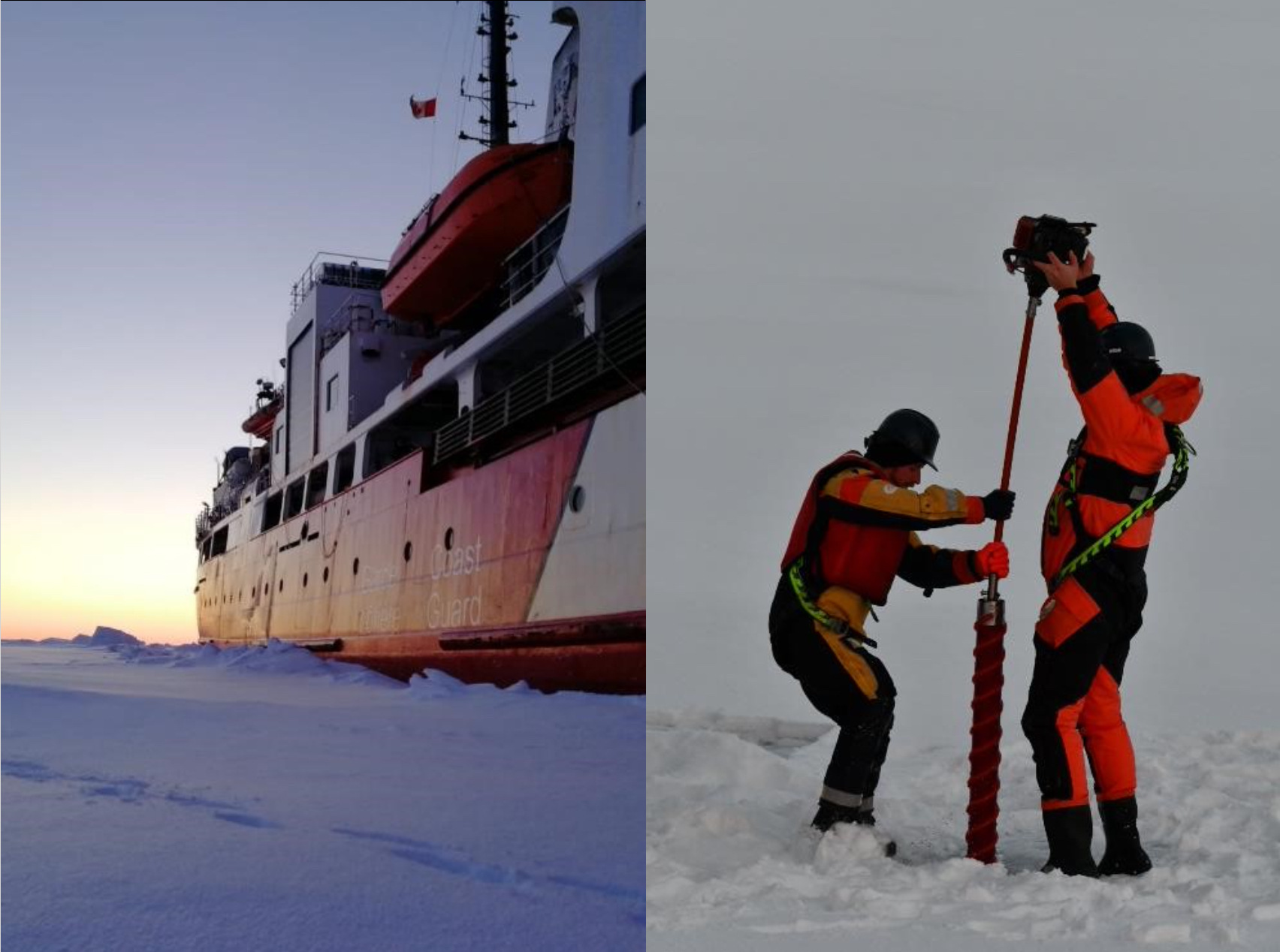
The sun has been shining from the sky for 2 full days and it got cold. With -5°C during the day and -15°C at night, fresh ice is forming on the ocean. But the cold also causes many devices to stop working properly. It crunches, it breaks, it jams. Time to stop.
Time to look up and to look into the far. The Arctic shows its most beautiful side these days. Endless twilight phases. Ice and snow as far as the eye can see. Sky and ice in countless pastel colors. Finally polar bears! On a large ice surface on the port side a polar bear mother with her two cubs shows up. The whole family looks well-fed.
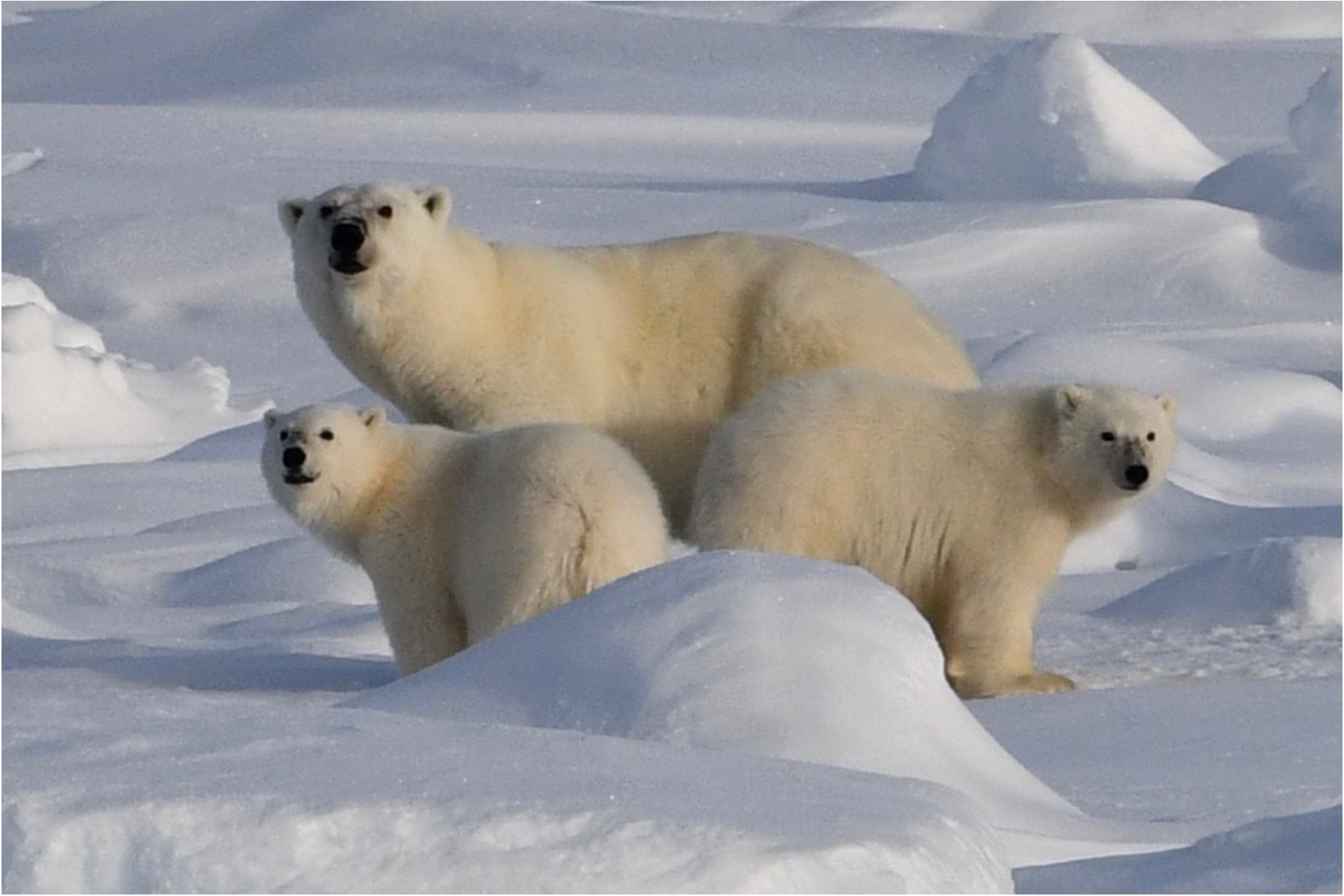
Despite the icy wind and sub-zero temperatures, everyone is on deck trying to catch a glimpse and a photo of this icon of the Arctic. It succeeds. The ship moves along at a slow speed in an ice-free channel parallel to the polar bear family. A really perfect day!
The way back leads us through the Prince of Wales Strait to Cambridge Bay. There we disembark. What remains on the credit side besides unforgettable impressions?
• 4000 L water filtered
• 280 short sediment cores pulled
• 70 m long sediment cores recovered
• 4.5 L pore water extracted
• 3000 bottles filled with water samples
• 3000 bags filled with sediment samples
• >2000 optical measurements of water constituents and light reflectance
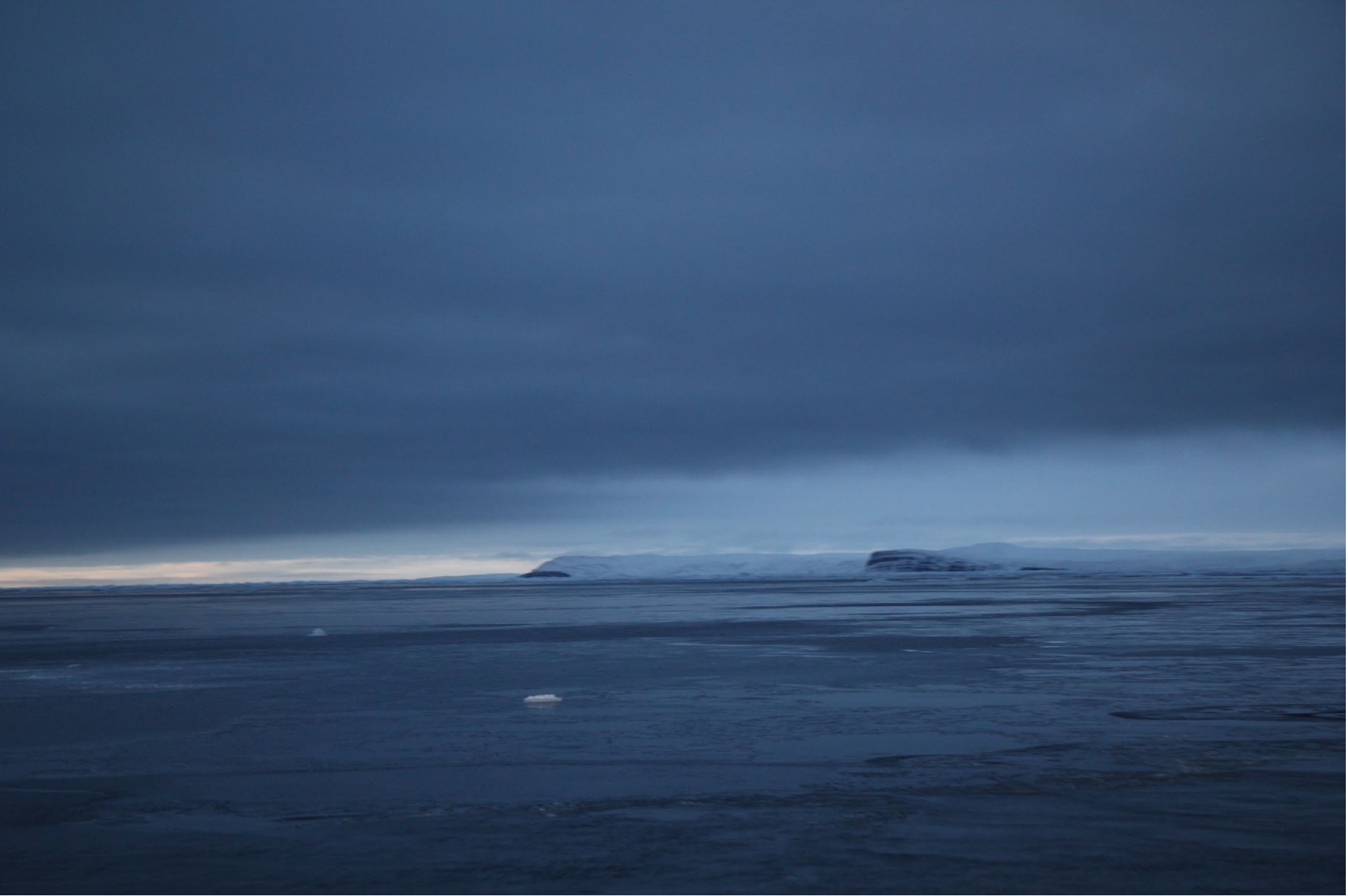
Although our science teams work around the clock, we took some time to reach out to a local school for an important information session. We prepared a 30- minute movie of on-board activities and were available live on the phone to answer questions. About 100 children from grades 7-12 at Mangilaluk School in Tuktoyaktuk gathered in one room to ask our team lots of questions about science and life on board.
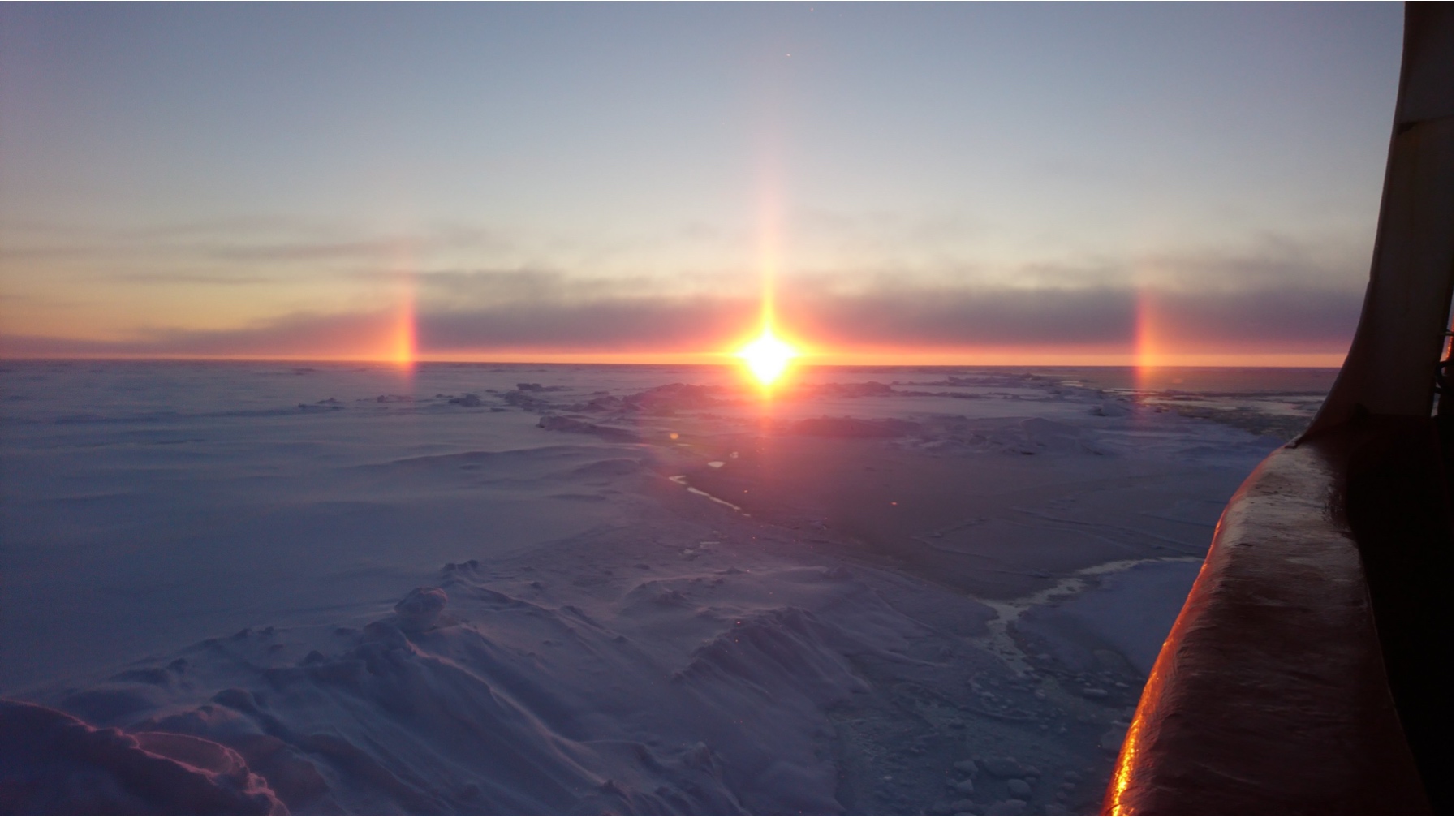
All expedition participants are well. Since yesterday we are back in Québec City.
Back home soon.


